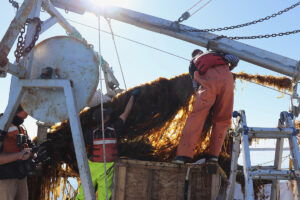
Maine Aquaculture Occupational Standards released
The first Maine Aquaculture Occupational Standards specify workforce skills and training needs for the state’s growing aquaculture sector.
Open-access paper refutes prevalent criticisms about marine aquaculture and what it calls “myths and assumptions” about offshore fish farming.

The first Maine Aquaculture Occupational Standards specify workforce skills and training needs for the state’s growing aquaculture sector.

Deakin's new aquaculture research center will focus on sustainable fish production and novel feed and aquaculture technology development.
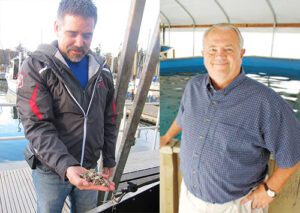
The Pacific Northwest U.S. aquaculture industry is mourning the recent loss of two respected leaders, Kurt Grinnell and Dan Swecker.
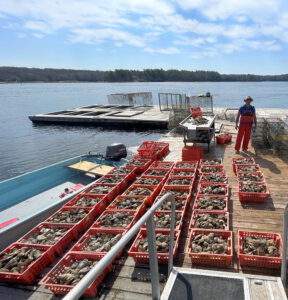
BlueTrace won a $500K grant from the National Oceanographic and Atmospheric Administration to develop an innovative Tide to Table Traceability and Marketing System.
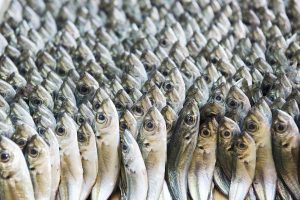
The MasSpec Pen, developed to diagnose tumors, can identify fish species by touching the tip to a sample. But the species database is lacking.
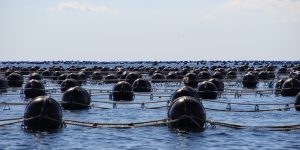
Integration of data sources for offshore bivalve aquaculture intensification, part of the GAIN project, funded by the EU Horizon 2020 Fund.
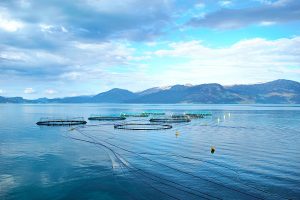
By tracking products from farm to plate, blockchain helps reduce fraud and improve standing with consumers. But it’s only part of the solution.
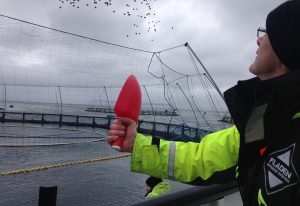
The GAIN project’s precision aquaculture series continues with a look at how data-driven insights into salmon behavior can aid farm management.
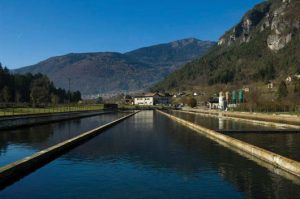
Dynamic modeling for oxygen optimization in trout leads to better welfare and production as part of GAIN, funded by the EU Horizon 2020 Fund.
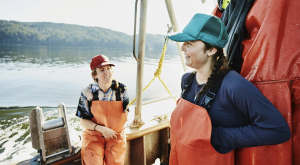
U.S. NGO Environmental Defense Fund polls registered voters and finds that 84 percent would support a well-regulated aquaculture industry.
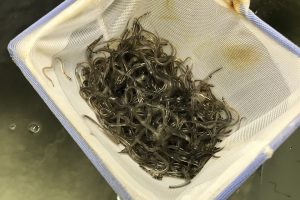
Eel producer American Unagi has broken ground on a 27,000-square-foot recirculating aquaculture system near the coast of Maine.
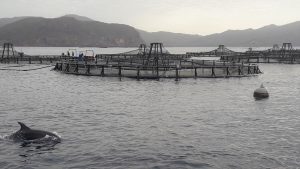
As seen through the GAIN project, adopting precision aquaculture tools improve feeding strategies and preventative measures for sea bass.
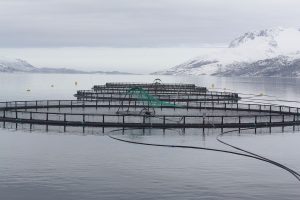
Adopting precision aquaculture can aid a farm’s integration with the community. Learn more in the first article from the GAIN project.
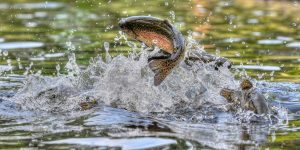
Boasting a bright red-orange and oil-rich fillet like salmon, trout can be grown to market size faster and are often less expensive.
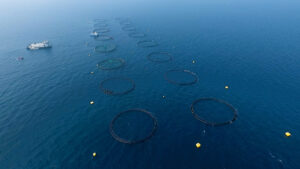
With a successful sea bass harvest last fall, Qatar’s only offshore aquaculture venture now seeks to double production and diversify into other species.